Travel is evolving. While beautiful beaches and relaxing resorts remain beloved vacation staples, a powerful new trend is reshaping how people explore the world: experiential travel.
What is experiential travel?
Broadly speaking, experiential travel focuses on immersive adventures that create deeper connections with destinations. Instead of simply observing a place from the comfort of tour buses or luxury hotels, travelers participate in the culture, environment, and unique challenges a location offers.
If you’re a traveler who seeks authentic interactions beyond tourist highlights and wants to forge a genuine connection with a destination, experiential travel might be for you!
Experiential travel in Costa Rica
While Costa Rica is one of the world’s most popular travel destinations, there’s another side to it that many visitors never see. Beyond the well-known hotspots, this is a country where wild, immersive experiences bring you closer to nature and culture in a way that feels raw and real.
Here, you can trek from coast to coast through landscapes that shift from jungle to highlands to sea, dive into waters teeming with marine life, or paddle through glowing bioluminescence under a star-drenched sky. This is experiential travel at its core—deeply connected, hands-on, and far from the ordinary.
For those looking to engage with a place rather than just pass through it, Costa Rica delivers. Here are seven ways to experience it at its wildest.
7 Immersive adventures to experience in Costa Rica
1. The Camino de Costa Rica
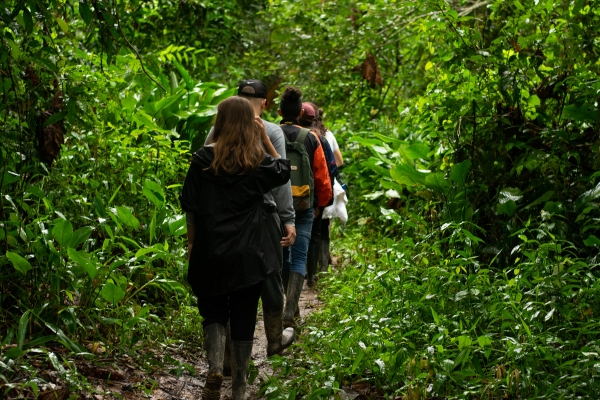
Crossing an entire country on foot is a rare opportunity, and the Camino de Costa Rica makes it possible. This 280-kilometer trail stretches from the Caribbean coast to the Pacific, winding through rainforests, coffee plantations, and mountain villages far removed from tourist hubs.
Unlike more well-known treks, the Camino passes through 20 rural communities where tourism is still emerging. Along the way, hikers can stay in small guesthouses, meet local farmers, and experience everyday life in places most visitors never reach. The route also traverses four national parks and protected areas, offering encounters with everything from howler monkeys to resplendent quetzals.
The full journey takes about three weeks, but shorter sections still capture the essence of the trail. The western stretch from Orosi to Quepos, for example, features striking elevation changes, cloud forest views, and a rewarding finish at the Pacific Ocean.
Fast Facts
- The full trail takes 20 to 25 days to complete
- Best hiked in the dry season (December to April) for easier conditions
- Proper hiking gear and rain protection are essential
- Strongly recommended to have a local guide
2. Bioluminescent Glamping at Isla Chiquita
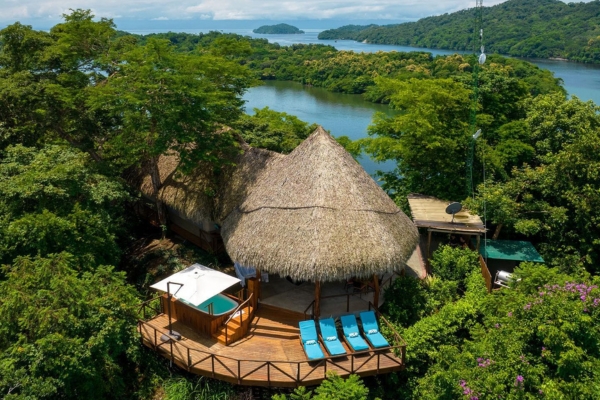
On a remote island in the Gulf of Nicoya, Isla Chiquita offers a rare combination of luxury camping and one of nature’s most mesmerizing displays. At night, the surrounding waters glow with bioluminescent plankton, creating a surreal, otherworldly experience. A simple movement—a paddle stroke, a hand brushing through the water—sets off bursts of blue-green light that shimmer against the dark sea.
Bioluminescence tours run year-round, with the best visibility on moonless nights. Expert guides lead a nighttime boat trip through the glowing waters, where you might also spot other nocturnal wildlife or take in a sky filled with stars. While swimming isn’t allowed during the tour, guests can dip their hands into the water to watch the light swirl around their fingers.
The glamping tents at Isla Chiquita provide the perfect base for this experience. Each one features ocean or tropical forest views, comfortable beds, private bathrooms, and spacious decks where you can unwind to the sounds of the island.
Fast Facts
- Accessible by boat from Paquera, about 4 hours from San José or 3 hours from Liberia
- Tours last 1-2 hours, with the strongest bioluminescence on moonless nights
- A camera with good low-light settings helps capture the glow
3. Diving Cocos Island
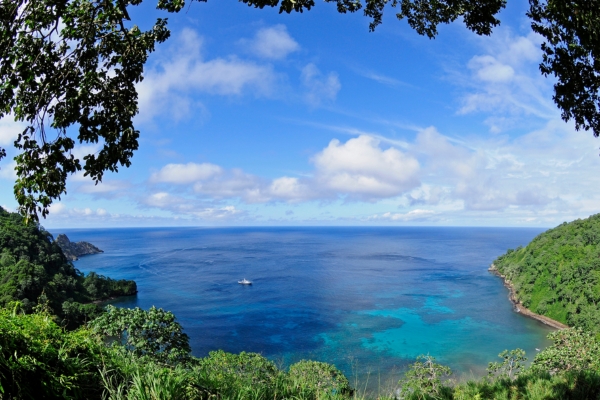
Nearly 350 miles off Costa Rica’s Pacific coast, Cocos Island is one of the world’s most legendary dive sites. Reaching this remote, uninhabited island takes commitment—a 36-hour boat journey—but for those who make the trip, the reward is an underwater world unlike any other.
The waters surrounding Cocos Island are a magnet for large marine life. Schools of hammerhead sharks move in swirling formations, manta rays glide effortlessly through the currents, and whale sharks—some the size of small buses—cruise past in the blue. With nutrient-rich waters drawing an astonishing variety of pelagic species, divers often find themselves completely surrounded by marine life in every direction.
The same remoteness that keeps these waters so pristine also makes planning a trip here more complex. Liveaboard dive boats book out months in advance, and navigating the logistics—permits, schedules, and equipment requirements—can be overwhelming. That’s where we come in. With direct connections to the best liveaboard operators, we take care of the details so you can focus on the dive of a lifetime.
Fast Facts
- Located 350 miles off Costa Rica’s Pacific coast, accessible only by boat
- The journey takes 36 hours each way, with 8- to 10-day liveaboard expeditions
- Requires Advanced Open Water certification due to strong currents and deep dives
- Best diving conditions from June to November when marine life is most active
4. Multi-Day Pacuare River Rafting
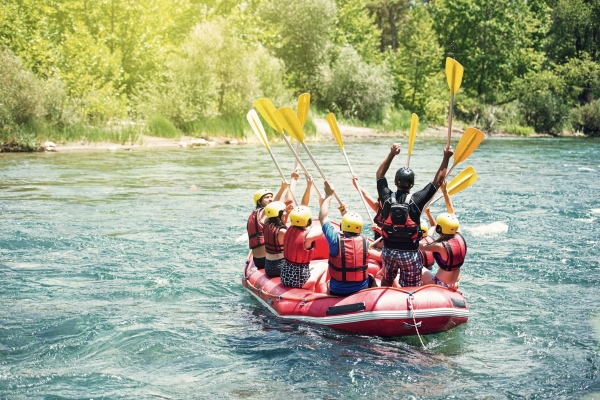
The Pacuare River runs through some of Costa Rica’s most untouched rainforest, offering a mix of Class III and IV rapids, quiet jungle-draped stretches, and overnight stays at remote riverside lodges.
While day trips give a taste of the river, spending a few nights along its banks reveals a deeper side to the experience. Mornings begin with mist rising off the water as you push off into the current. Rapids churn through narrow gorges, opening up to calmer stretches where toucans glide overhead and otters dart along the shore. Evenings are spent in open-air jungle lodges, where candlelit dinners come with the sounds of the rainforest all around you.
Fast Facts
- Class III and IV rapids, ideal for intermediate and experienced rafters
- Best rafting conditions from May to October, though trips run year-round
- Multi-day trips include overnights at remote riverside eco-lodges
- No roads and limited cell service—fully off the grid
5. Corcovado National Park: Wilderness Immersion
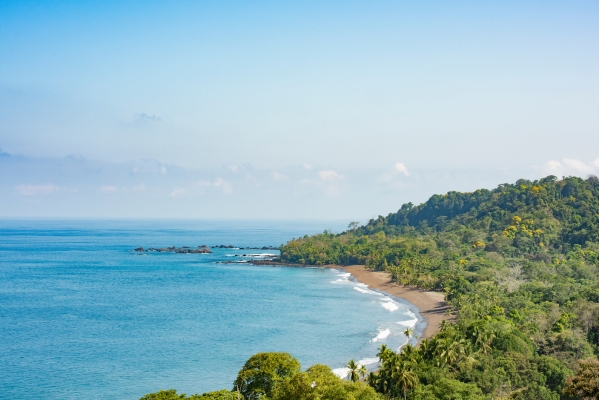
Tucked away on the Osa Peninsula, Corcovado National Park protects 2.5% of the world’s biodiversity within its 164-square-mile expanse. This is one of the last remaining lowland rainforests in Central America, home to over 500 tree species, 140 species of mammals, and nearly 400 bird species. Jaguars roam the dense jungle, scarlet macaws streak across the sky, and the coastline is one of the best places in the world to spot Baird’s tapirs, Costa Rica’s largest land mammal!
There are two ways to experience Corcovado. For the most immersive adventure, a multi-day trek through the park takes you deep into its heart, with overnight stays at remote ranger stations. Those looking for a wilderness experience with more comfort can stay at an eco-lodge on the park’s border, where expert guides lead daily hikes into the rainforest. Either way, Corcovado offers a front-row seat to nature at its most raw and untamed.
Fast Facts
- Located on the Osa Peninsula, accessible via Puerto Jiménez or Drake Bay
- Home to tapirs, jaguars, scarlet macaws, and all four of Costa Rica’s monkey species
- Choose between a multi-day trek with overnight stays at ranger stations or eco-lodge accommodations with guided hikes
6. Surf and Soul in Santa Teresa
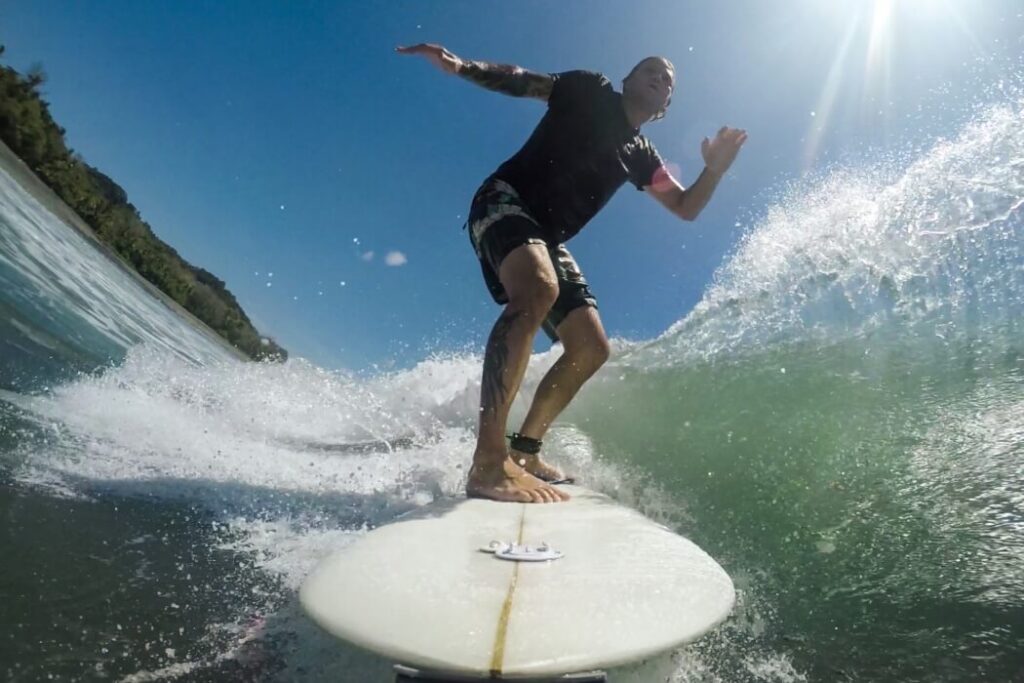
On the Nicoya Peninsula, where jungle meets the Pacific, Santa Teresa has become a global hub for surf and wellness. This once-sleepy fishing village now draws surfers, yogis, and creatives from around the world, creating a laid-back yet vibrant beach town atmosphere. With its consistent waves, golden sand beaches, and strong sense of community, Santa Teresa is the kind of place travelers come for a week and end up staying much longer.
Surfing is at the heart of life here. Warm waters and a variety of breaks make it an ideal spot for both beginners and experienced surfers. Lessons and guided surf experiences are available year-round, with expert instructors helping visitors find the right waves for their skill level. When not in the water, yoga studios, beachfront wellness retreats, and organic cafés offer space to unwind and recharge.
Fast Facts
- Best explored by ATV or 4×4, as roads are unpaved and spread out
- Best surf conditions from December to April, though waves break year-round
- Top yoga studios and wellness retreats offering classes, workshops, and multi-day programs
7. Summiting Chirripó
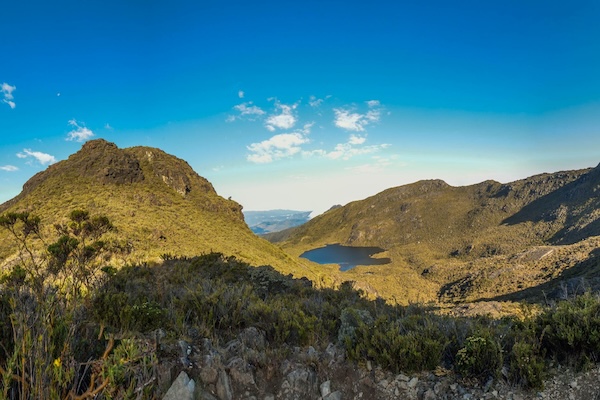
At 12,533 feet, Cerro Chirripó is Costa Rica’s highest peak, offering one of the most rewarding hikes in the country. The journey to the summit begins in the small mountain town of San Gerardo de Rivas, where the trail winds through a stunning progression of ecosystems—from dense cloud forests to high-altitude páramo that feels more like the Andean highlands than Central America.
Most hikers tackle the climb over two days, spending the night at Base Camp before making the final push to the summit before sunrise. On clear mornings, the reward is a view of both the Pacific and the Caribbean from a single vantage point.
Fast Facts
- Elevation: 12,533 feet (3,821 meters) – Costa Rica’s highest peak!
- Distance: Approximately 12.5 miles (20 km) one way, with 8,000+ feet of elevation gain
- Best time to hike: January to March for the clearest summit views
- Overnight required at Crestones Base Camp, which must be booked in advance
Ready for your next Costa Rica adventure?
Whether you’re drawn to hiking across an entire country, diving with hammerheads, or paddling through glowing waters under a star-filled sky, Costa Rica has no shortage of extraordinary experiences. But the real magic happens when you find the adventure that speaks to you.
Tell us about your interests, hobbies, and adventure level, and we’ll curate the perfect trip—whether it’s one of these unforgettable experiences or something completely unique.
With our insider knowledge and on-the-ground connections, we make it seamless, so all you have to do is show up ready to explore.
Get in touch to start planning your Costa Rica adventure.
Ready for your dream Costa Rica adventure, designed just for you? Get in touch today, and we’ll help you plan a trip you’ll never forget.
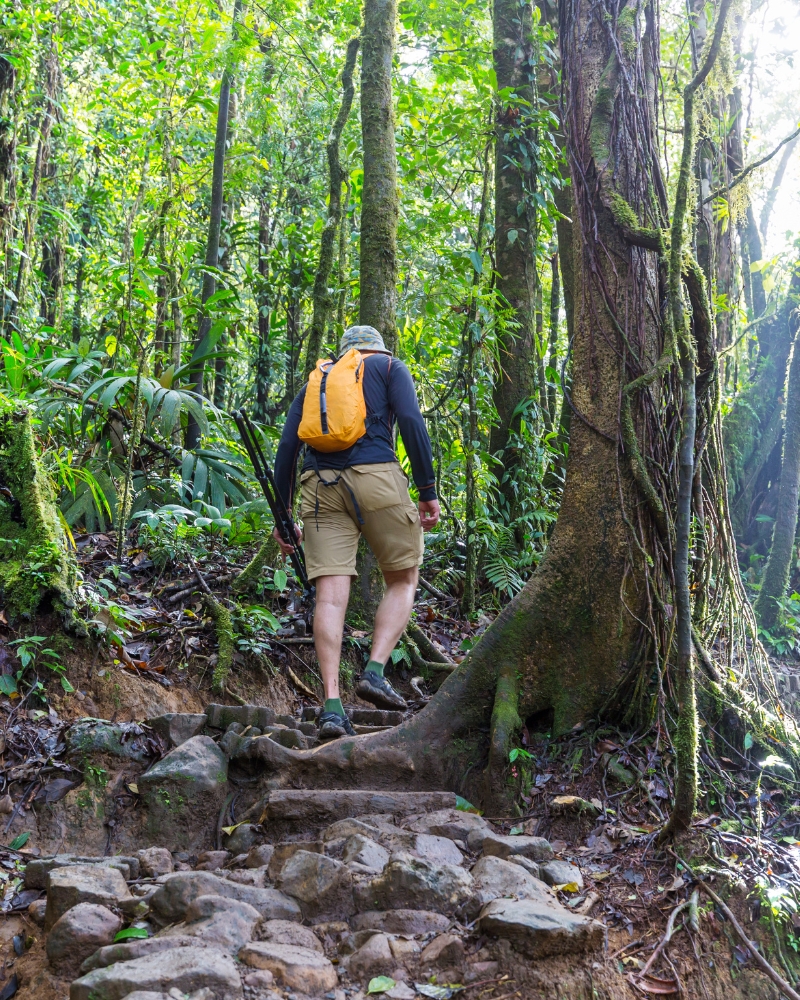
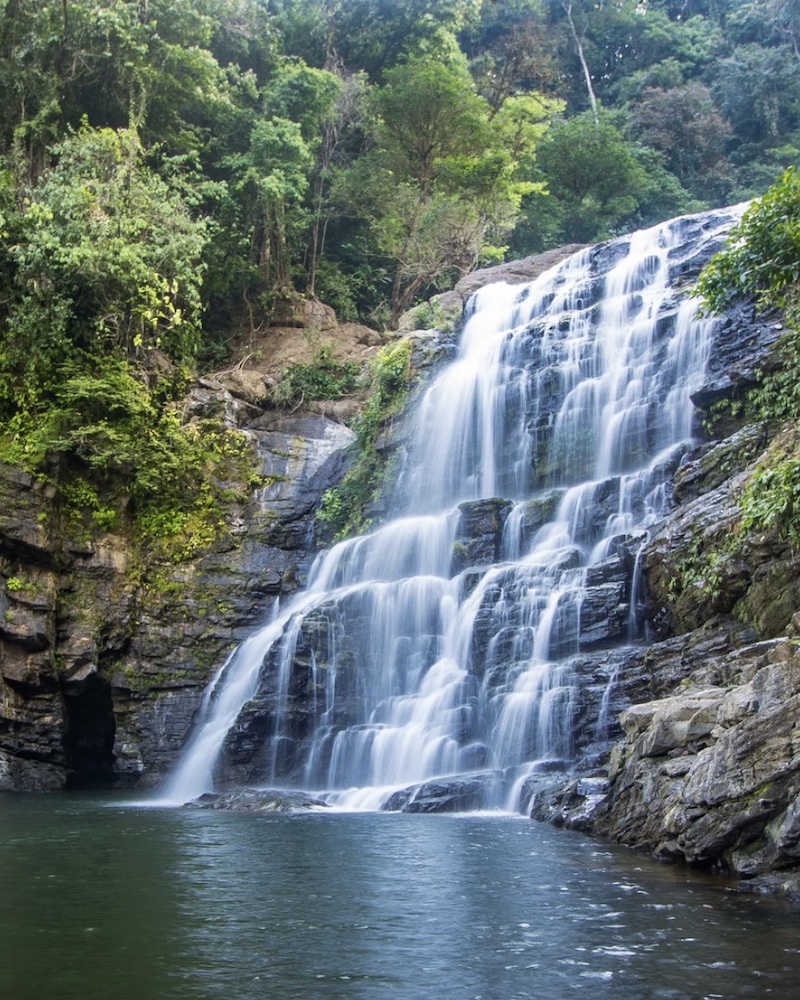
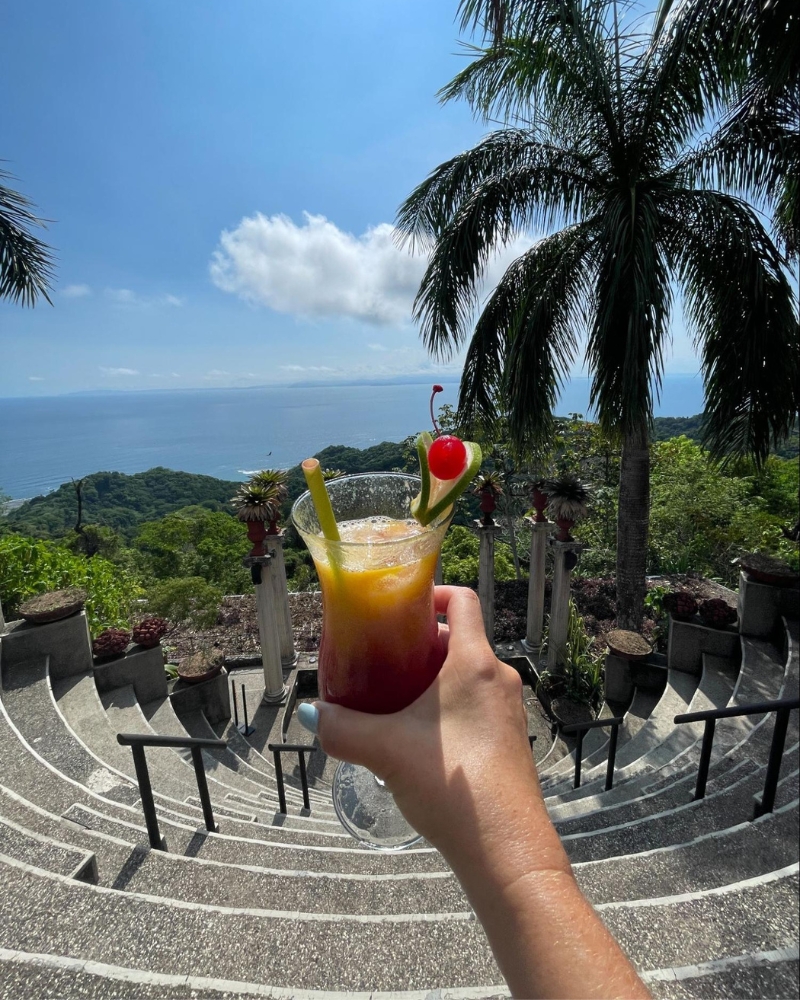

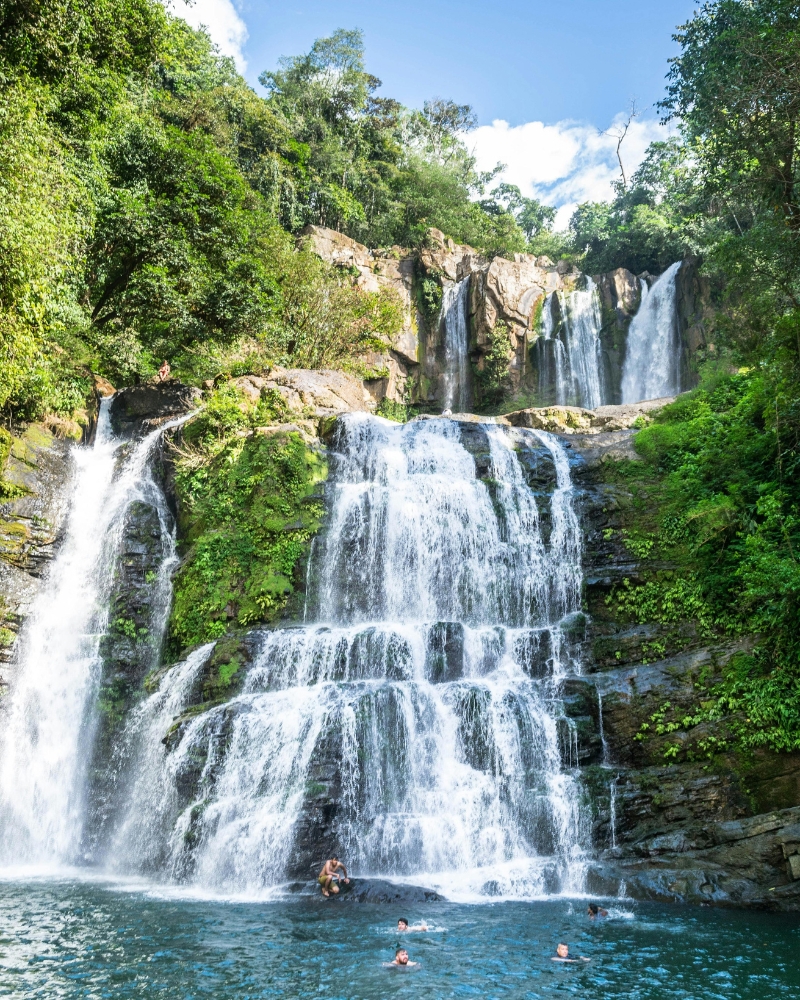
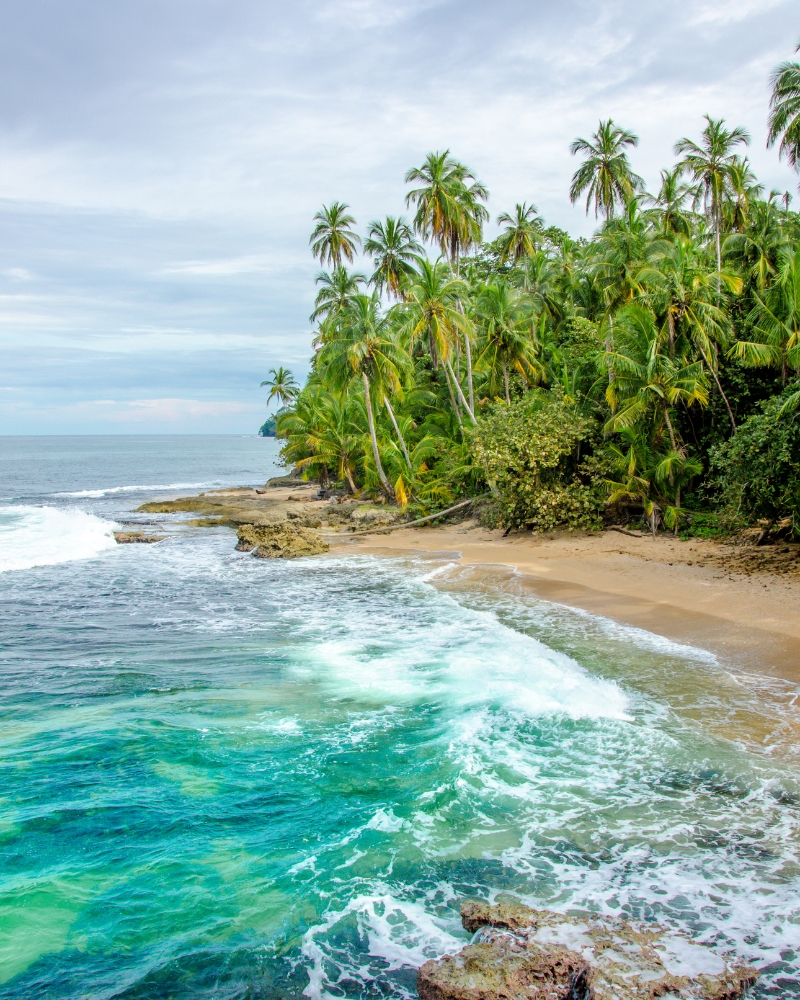
+ show Comments
- Hide Comments
add a comment